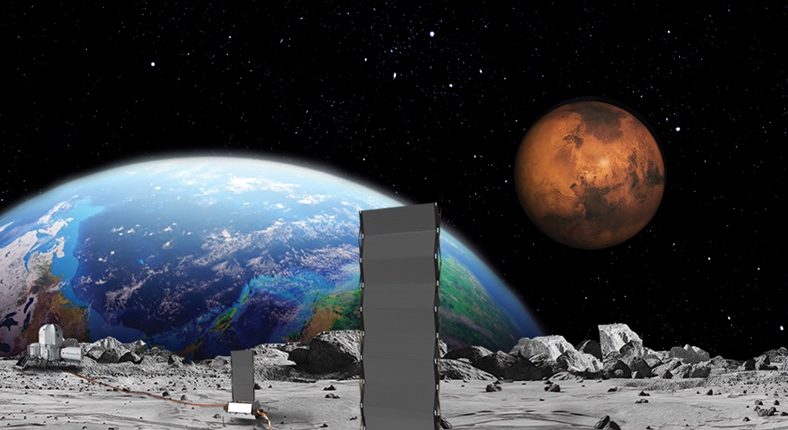NASA has plans to put a nuclear reactor on the moon to power future missions.
The mission is known as the Fission Surface Power Project and it’s one of the biggest goals for Nasa’s upcoming Artemis program.
Fission surface power could provide abundant and continuous power on the moon, regardless of environmental conditions.
This project could be crucial for supporting long-term human settlements on the lunar surface.
It could also enable the exploration of deeper space destinations in the future.
Nasa just wrapped up the initial phase of the project, which began in 2022.
This phase comprised signing three $5 million contracts with commercial partners to develop fission reactor designs.
Nasa awarded the contracts to Lockheed Martin, Westinghouse, and IX.
Each contract is for a 12-month period that allows the companies to develop preliminary designs.
The designs needed to include the reactor, its power conversion, heat rejection, power management, and distribution systems.
Most read in Science
Alongside these, the companies needed to estimate costs and formulate a development schedule “that could pave the way for powering a sustained human presence on the lunar surface for at least 10 years,” Nasa explained on its website.
“A demonstration of a nuclear power source on the Moon is required to show that it is a safe, clean, reliable option,” said Trudy Kortes, program director of Technology Demonstration Missions within Nasa’s Space Technology Mission Directorate at Nasa Headquarters in Washington.
“The lunar night is challenging from a technical perspective, so having a source of power such as this nuclear reactor, which operates independently of the Sun, is an enabling option for long-term exploration and science efforts on the Moon,” she added.
Nasa could use nuclear reactors to generate light and power in the permanently shadowed parts of the moon.
They could also use them to power through lunar nights – one lunar night is the equivalent of 14 nights on Earth.
Nasa specified that the reactor should stay under six metric tons and be able to produce 40 kilowatts (kW) of electrical power.
This ensures enough for “demonstration purposes and additional power available for running lunar habitats, rovers, backup grids, or science experiments,” the US space agency explained.
In the US, 40 kW can, on average, provide electrical power for 33 households.










